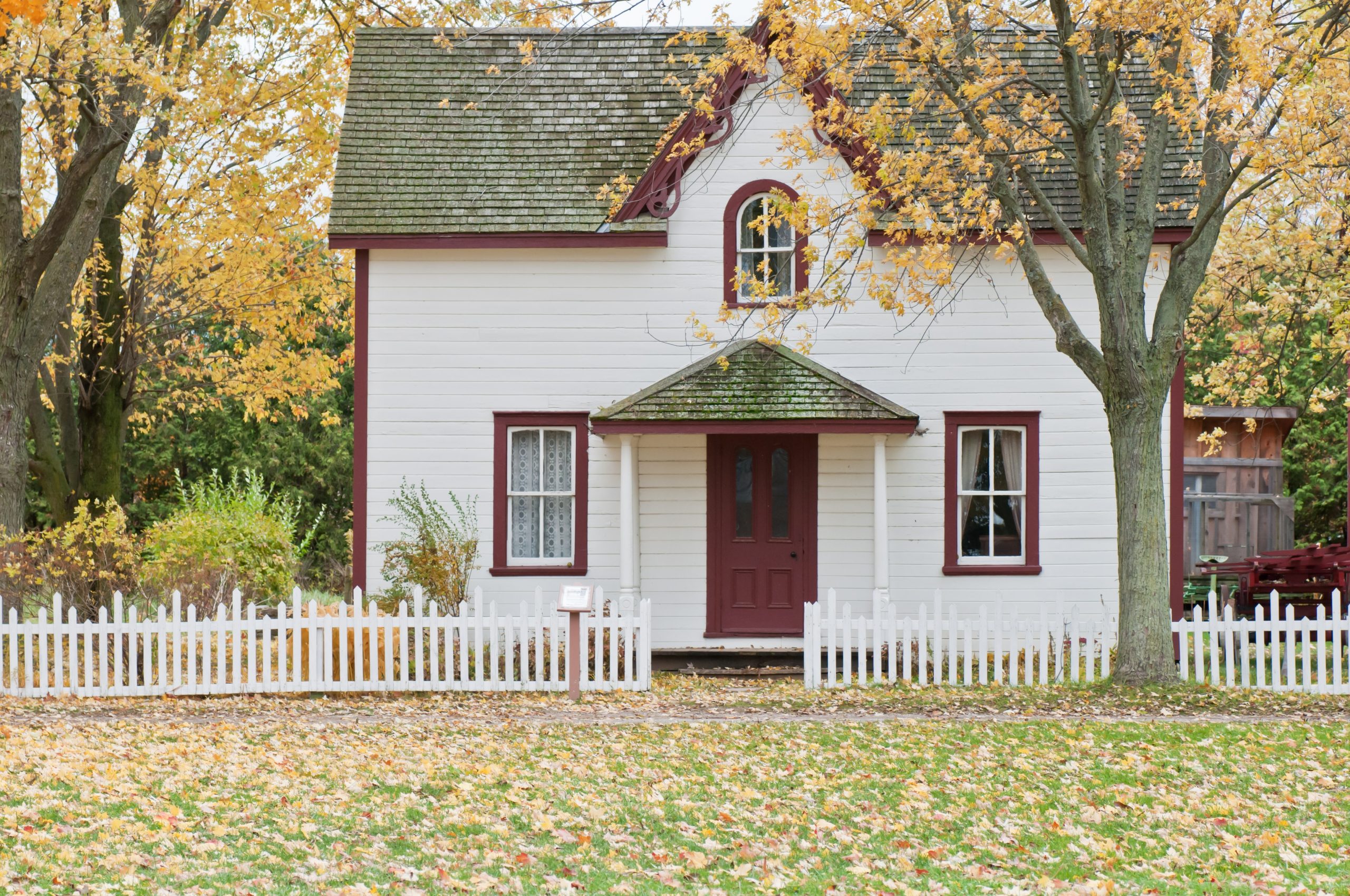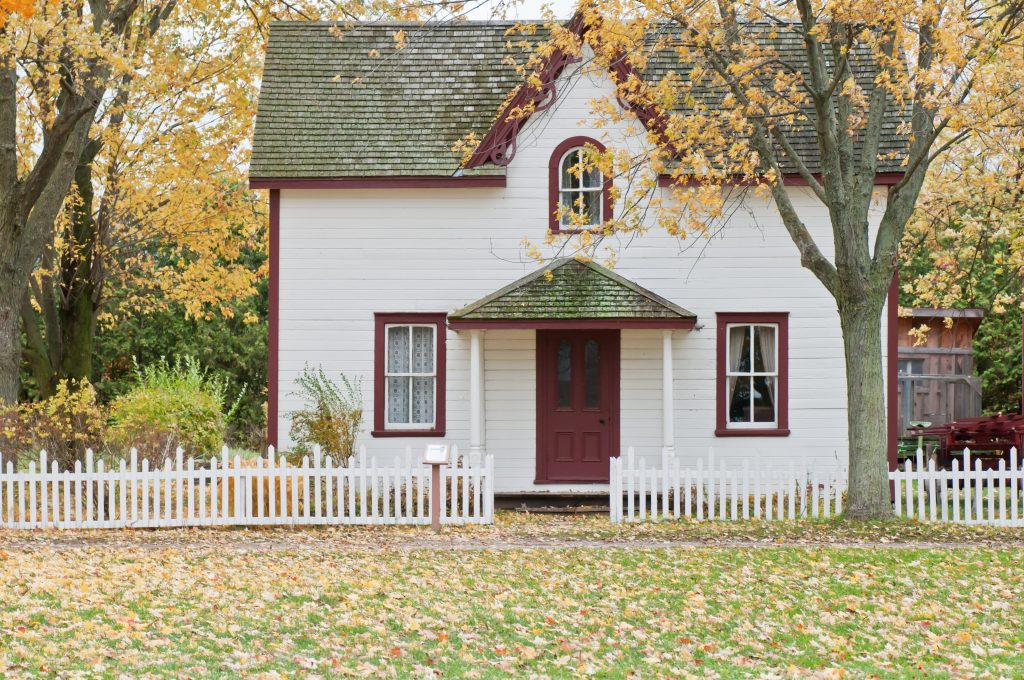When selling your home, unless it’s an undeniable fixer-upper, then most people will benefit from making some upgrades to their property before it goes on the market.
Even if your home is in good condition, taking some time to invest in small upgrades can reap rewards in terms of a quicker sale and a better price.
In the business, it’s called staging. And that doesn’t have to mean a super-contrived presentation. But it is important that when presenting your home it is done in a manner that will particularly appeal to your target markets.
Whether you’re targeting first time buyers, growing families, or down-sizing empty-nesters, think about the kind of lifestyle they’ll typically be looking to fulfill through their new home – and show them that.
And make sure every room is tidy and spotlessly clean for the photos – and maintain that standard for every viewing.
In addition to these general guidelines, following are some important pointers to also consider (and act upon):
Get an objective opinion of how your space presents to potential buyers.
It’s not unusual for home-owners to have blind spots when it comes to how well-presented their homes are. Living with the space day in and day out, we become accustomed to the surroundings and may stop noticing that the décor is dated, the colour palette is drab or all the little jobs that need doing that we just haven’t gotten around to.
But when we are selling our homes, we need to try and step into the shoes of potential buyers. Will they be able to see themselves ‘at home’ in our spaces?
Ask someone you trust to be honest with you – either a friend who’s not afraid to be frank, or a professional – about everything they see in your home which might be any kind of deterrent. Walk around your entire home together and make a list – what needs freshening up, what needs repairing, and what needs removing or replacing?
Resistance may arise as tasks are pointed out to you, but it’s important to be open to this feedback. Remember, if you want to move on to a new place you have to be ready to change the appearance of your current place. You won’t be the one to live with them anyway, so they don’t have to be to your taste.
And – added bonus – making these changes can also help you to let go of your emotional attachment to your home, which can only be helpful to the entire process of selling.
Declutter
This is crucial! Buyers want to be able to see the space clearly and imagine their own furniture in situ. If there’s too much stuff everywhere, it makes this visualisation process tricky.
As well as that, the space will seem smaller than it is and it may even feel claustrophobic. Clutter will also subliminally suggest to viewers that your property doesn’t have sufficient storage.
View decluttering as the first step in the moving process. If you’re going to be moving to a new home you’ll need to start packing. So start by packing up and moving out – to friends, the local charity shop, or the recycling centre – whatever you don’t use or love and therefore don’t need to lug with you to your new home!
Decluttering needs to include furniture too. If there are too many items for the space, making circulation around a room confined, then you need to edit.
As well as improving the visual presentation of your home, decluttering is renowned for having an emotional impact. When we physically let go of superfluous things in our homes, we can let go of emotional connections we associate with these things. What can feel like a laborious and difficult process as we start out, can have a magically alchemical effect on our energy if we fully commit to it.
And even if it doesn’t, it will definitely help your house look more attractive to potential buyers.
Neutralise strong wall colours.
You want buyers to remember the space and the light, not the wall colours!
And if neutral spells bland and boring to you, remember you’re hoping to be moving on soon. Strong colours have an impact, and your prospective buyers might not have the same favourable response to your personal colour choices.
Neutral walls fade into the background and allow viewers to focus their attention on the available space in each room. And it also helps them to visualise their own furniture “working” with the space (even if they do plan on changing the colour themselves anyway).
Neutral palettes include white, off-white, cream/beige, grey and pastel colours.
Make repairs!
All those little niggly repairs you’ve been meaning to get around to need to be taken care of before your house goes on the market. It’s a mistake to think you needn’t bother as a new owner will probably change things up anyway.
Lots of broken or unfinished items around the home will make it appear as though it needs a greater level of updating than may actually be the case. And the more work a prospective buyers feels they’d need to do, then the less they will want to pay. Or, even worse, the less likely they’ll feel inclined to buy it at all.
Update dingy flooring and dated cupboards.
If carpets are tatty or lino is worn out, then replace it. A smart new floor doesn’t have to be super expensive but can make your property appear fresher and move-in ready to prospective buyers. (And maybe you won’t need to replace the flooring, but simply have it professionally cleaned – but get the opinion of your trusted friend before you decide which way to go.)
The important thing is that it should either be eye-catching in a good way, or unremarkable in the sense that it doesn’t draw negative attention.
Outdated cupboard doors, whether on kitchen cabinets, hall cupboards or wardrobes would also benefit from being spruced up with paint. And if you’re willing to do this yourself, it’s an inexpensive way to dramatically update the look.
Audit the lighting in each room.
Living areas need to be fairly well lit, so if your kitchen, living and dining spaces don’t receive sufficient natural lighting, look at ways to improve it.
The simple steps are to fully open blinds and curtains – don’t go for any fancy draping of the windows that will only partially allow the light in. And make sure all lights work properly, replacing any burnt out bulbs so that the lights will work for photographs and viewings.
In addition to adding additional lighting (overhead pendants, floor and table lamps, wall sconces), you could also add a mirror to help bounce the light around the room and brighten it up.
Present each room with a particular purpose.
There should be no junk room or empty rooms. If you have one of these clear out the junk and present the room in a functional manner, such as an extra bedroom, a home office, play room etc. (again, thinking about which market is likely to be attracted to your home).
Every room should make sense and have a use that would be clear and relevant to potential buyers. Don’t leave it up to their imagination to dream up a use for a weird space – lots of people won’t be able to fill in those blanks, and nobody wants to be paying for square footage that they can’t see themselves using.
Depersonalise.
While you do want to present your home as a lived-in and loved space, edit the number of personal items on display. The more personally your property is presented, the less universal appeal it will have to potential buyers.
Our personal paraphernalia suggests a lifestyle that will be particular to some of your viewers, but potentially alienating to others. And it’s better to avoid that as much as possible.
When too much of our own personal details are on display, it can distract viewers from what we want them to focus on – the overall space and how well it may work for them and their own lifestyles.
You want your home to appeal to as many viewers as possible within your target market. If any aspect of its presentation is off-putting to some of them, then it can take longer to find your perfect buyer. So edit your collection of family photos to just a few, and carefully curate any collections of trophies or other keep-sakes. And remove obvious signs of particular religious or political persuasions.
The overall aim, if your home screams of a particular lifestyle or interest, is to scale back all the obvious markers so that anyone within your target market won’t be immediately be put off by what you’ve got on display.
Kerb appeal is a big deal.
As we all know, first impressions can be lasting. When it comes to selling your home, first impressions are extremely important. So be sure to clean up the outside of your home too.
The path and driveway should be clean and easy to navigate. Tidy up all lawns and plants and clean your front door. And if it’s looking tatty, then paint it.
How your home looks from the outside sets the tone…it tells viewers whether or not the property is being well cared for. So don’t neglect this important step – and make sure that when viewers do cross the threshold what greets them inside follows up strongly on those first impressions.
You may also be interested in:

